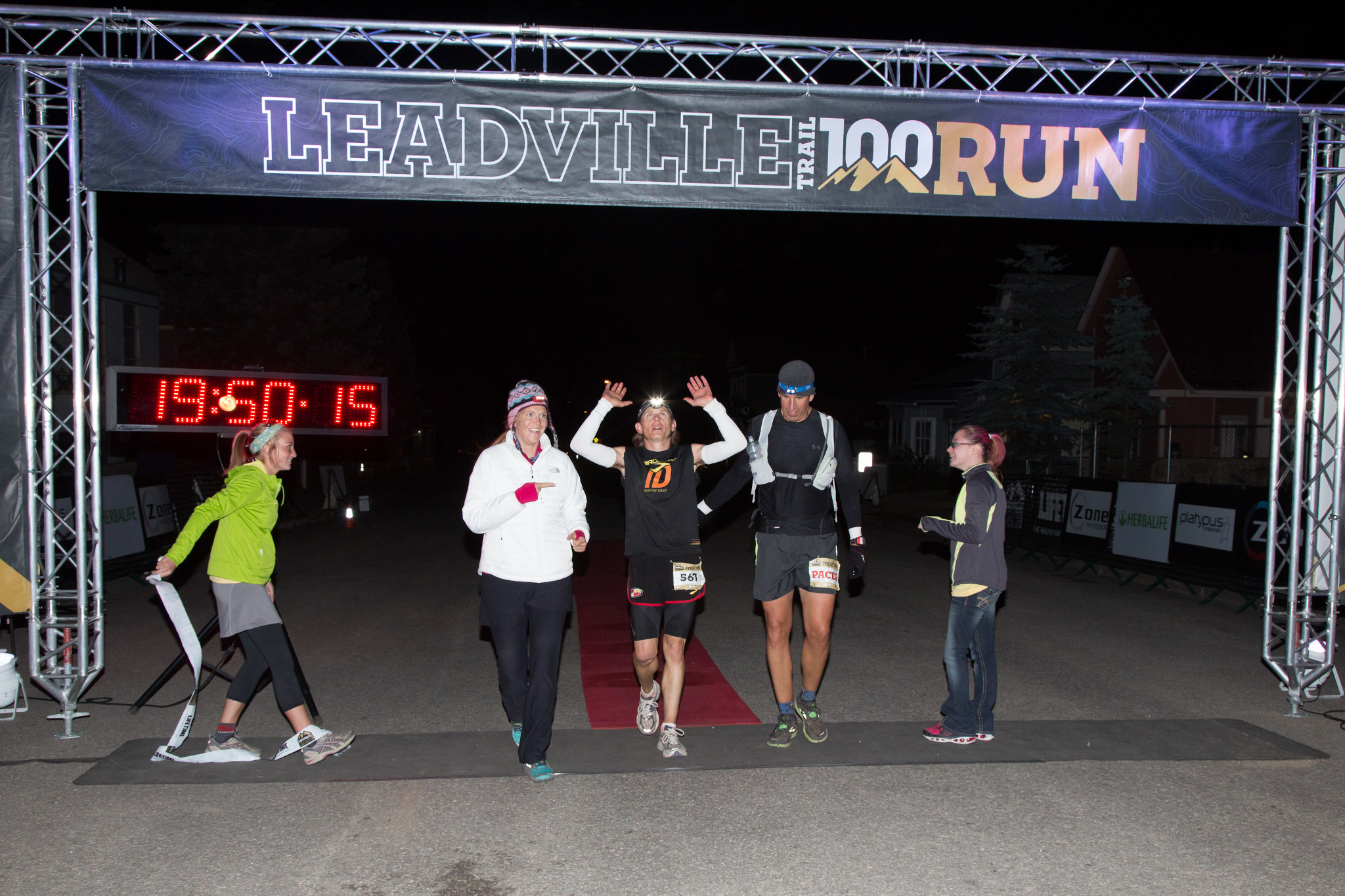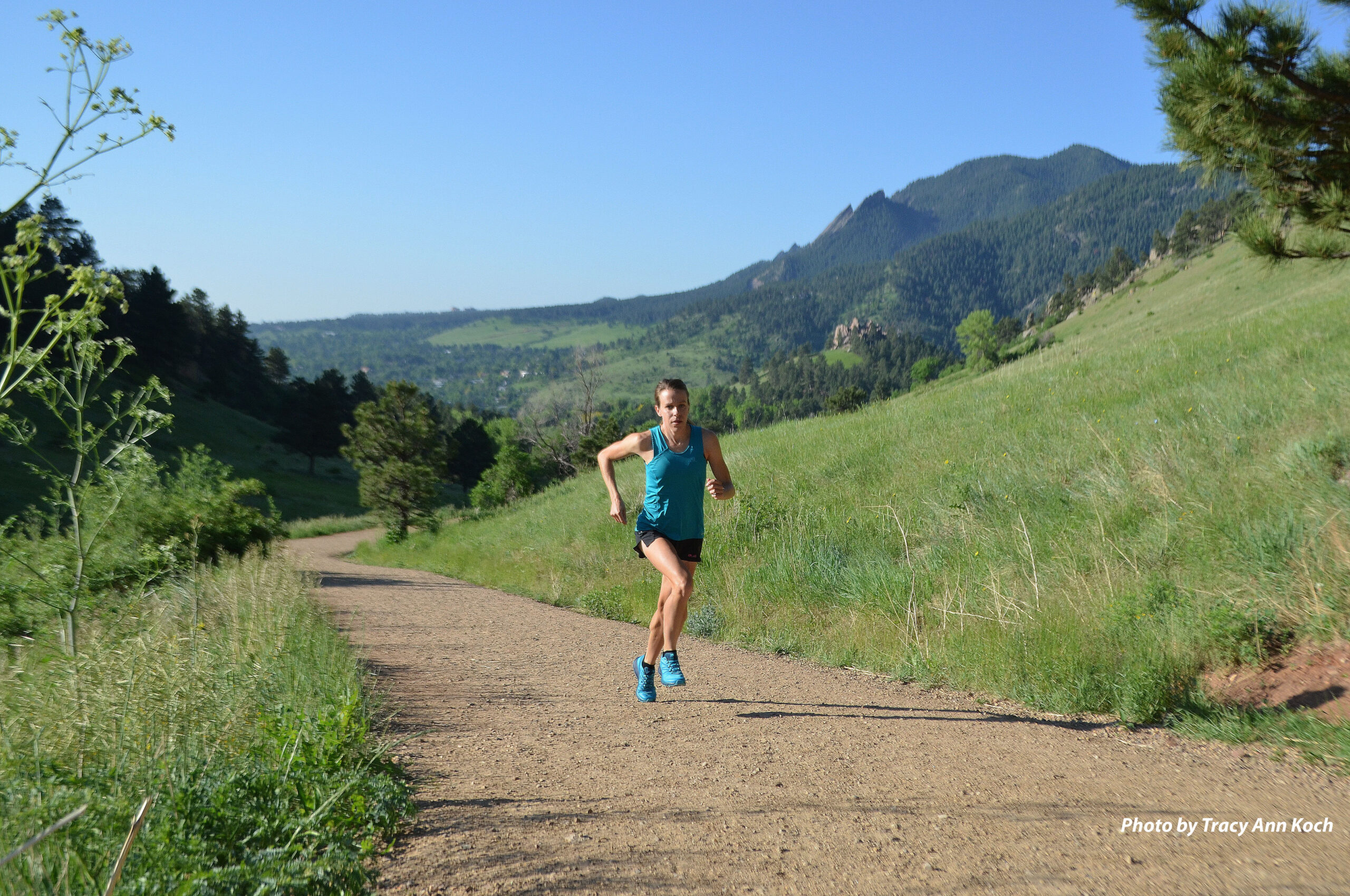Dispatches from Hope Pass – Climb Strong
By Emily Booth
With three solid months until the Leadville Trail 100 Run, now is the time to get strong. Here are our tips for successfully crossing some of the “biggest, baddest mountains” in Colorado.
Hope Pass. The name alone can strike fear into the heart of a first time Leadville Trail 100 runner. Often, “Hopeless” – the name of the aid station tantalizingly near the summit – may seem a more fitting name when considering the feat of ascending and descending this part of the course not once, but twice, between miles 40 and 60.
It is often said that the race begins after Twin Lakes inbound, once Hope Pass is behind you. If you’ve done your homework, you know that in the 20 miles between you and the return to Twin Lakes (mile 40 and 60) you are gaining 3,400 feet of vertical on the front side, descending about 2,600 feet on the back side, then turning around and going back. If that weren’t enough, there are still 40 miles to go, including the final major climb back up Powerline more than 80 miles into the race. But, again, you already knew that. And that’s exactly what you signed up to experience. So, if you want to find yourself at the finish line after crossing some of the “biggest, baddest mountains” in Colorado, here are some important tips and strategies that many successful finishers have employed.
1. Get strong – It sounds simple, but if you are transitioning from road running or flatter ultras, you need a whole new level of leg strength to tackle the mountains of the LT100. I hope you included some squats, single-leg squats and lunges in your winter training, as well as some plyometric movements to steel your quads for the pounding descents. Even now, with higher weekly mileage, it is wise to include strength training one to two times per week. Core strength will also be a tremendous asset as fatigue sets in, so don’t forget your planks, side planks and bridging exercises. Last, but not least, try to work in some proprioception, balance and flexibility exercises. Single-leg work on an unstable surface will help “roll proof” your ankles on the technical sections, especially when you are tired and running downhill.
Even if you don’t live near the mountains, you can do some great quality workouts on the treadmill or the stepmill. Cranking out hard treadmill workouts on a significant incline (10 to 15 percent) at a brisk but consistent pace can significantly improve your power hiking skills and are a “secret weapon” of many strong ultrarunners.
2. Climb – A lot. (Duh). Specificity in your training means doing as much as you can to mimic the conditions of the course. Each of the “big” climbs will most likely take you more than an hour so be ready, both physically and mentally. If you are fortunate enough to live near the mountains, there are a variety of hill workouts you can do and there are great benefits (such as improving power and VO2 max) from doing both short, hard repeats of one to two minutes running fast on a steep grade, as well as grinding out long, steady ascents of an hour or more.
3. Get high – Ok, bad Colorado joke. But in all seriousness, there is no substitute for getting a trial run at altitude to understand how the lack of oxygen above 10,000 feet will impact your body and climbing. Two great options are the LT100 Run Training Camp and the Leadville Trail Marathon on June 14. The training camp is a great way to run all the significant sections of the course over three days and will give you an excellent advantage on race day. The marathon, though not part of the LT100 course, is brutally fun and the climb to Mosquito Pass will definitely put your power hiking skills to the test.
If you can’t make it out to Colorado before August, do your best to schedule several big training efforts (read: climbs) or some “B” races at altitude.
With three solid months of training to go, now is the time to get strong. Build muscle – and confidence – and come August, that buckle will be all yours.


